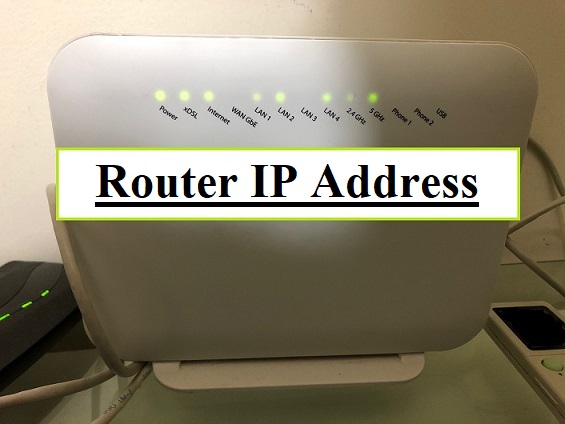Cisco router dhcp
There are many benefits that one can get from having a Cisco router as compared to others. First of all these routers are able to offer better security than other types of routers available in the market. The reason for this is that they have a firewall built in to them which acts as the main router for your entire network. If you install an application on this device then you will not have to worry about that.

Basically DHCP stands for the Dynamic Host Configuration Protocol that has been designed for IP networks. Basically it is an algorithm that assigns IP addresses to different computers automatically. Usually DHCP is a service running behind a router machine on behalf of the user to assign static IP addresses to various hosts in the network. But in case of Cisco routers (and many other similar devices for that matter) you can also work as an independent DHCP server thereby replacing a dedicated server for that purpose.
One of the major benefits of working as an independent entity is that you are able to configure your network however you want. Previously this was only possible if you had a router that had been configured by a computer that worked on the same network as you. Usually there was no option to configure any of the IP address assignments. In short, you had to configure your network based upon the settings of the main router that was physically present. However, with the introduction of theisco router there are now options to configure any of the IP addresses assigned.
Cisco router dhcp
For instance, let’s assume that we want to configure a static IP address for our office network. To do this we need to visit the IP pool configuration page of the router. We can then enter in the IP addresses for the various interfaces of the system and note down their assignment. We can then save this configuration and move on. The problem is that we can only enter in a static IP address for a single interface of the system.
Let us assume that we want to configure the static IP address of the switch interface. Again, we can go to the switch configuration page and enter in the IP addresses for the interface and note down their assignment. We can then move on but again we have to remember that we can only configure one static IP address for a single switch. This means that we can either choose to manually enter in IPs for every interface or we can opt to configure the switch router dhcp option. We would normally opt for the second option as it allows us to have more than one static IP address for each given interface.

We can also opt to use the dynamic DNS options while setting up the Cisco router. We need to find the section in the Cisco setup where we can input the domain names of the local area network (LAN) and the external subnet masks. Then we will have to configure the DNS server by either using the IP-based DNS server or the DNS server using the classic DNS configuration mode. The above mentioned configuration procedures are also applicable for the static IP address of the router or the switch. The above procedure is used in order to provide the customers with dynamic information about the IPs that are part of the internal network.
It is possible to configure the Cisco switch or the router for the first time using the normal configuration tool that is usually found on the desktop or the taskbar. But most of the times it is found that the automatic installation fails and one has to do the configuration manually. For this purpose, one can make use of the command line utility which is normally accessible from the boot menu after clicking on the “Start” button. We can then use the “arp-edit” command to enter in the details about the subject or the private address in the form of static or dynamic IP. Once the IP settings are edited, the relevant entries will be added or deleted as required.
The third option for configuring the Cisco router dhcp server is to use the managed option. Here, there will be a single DHCPD server for all the ten Ethernet addresses on the system. This is the simplest way of managing multiple pools but the interface can become very complex if some of the Ethernet addresses are not used. If more than one of the ten IPs are used, then the management of the Ethernet subnet will become very complex. However, if the router is configured for a single pool and if all the ten IPs are static then the process of managing the IP addresses will become very simple.
<
